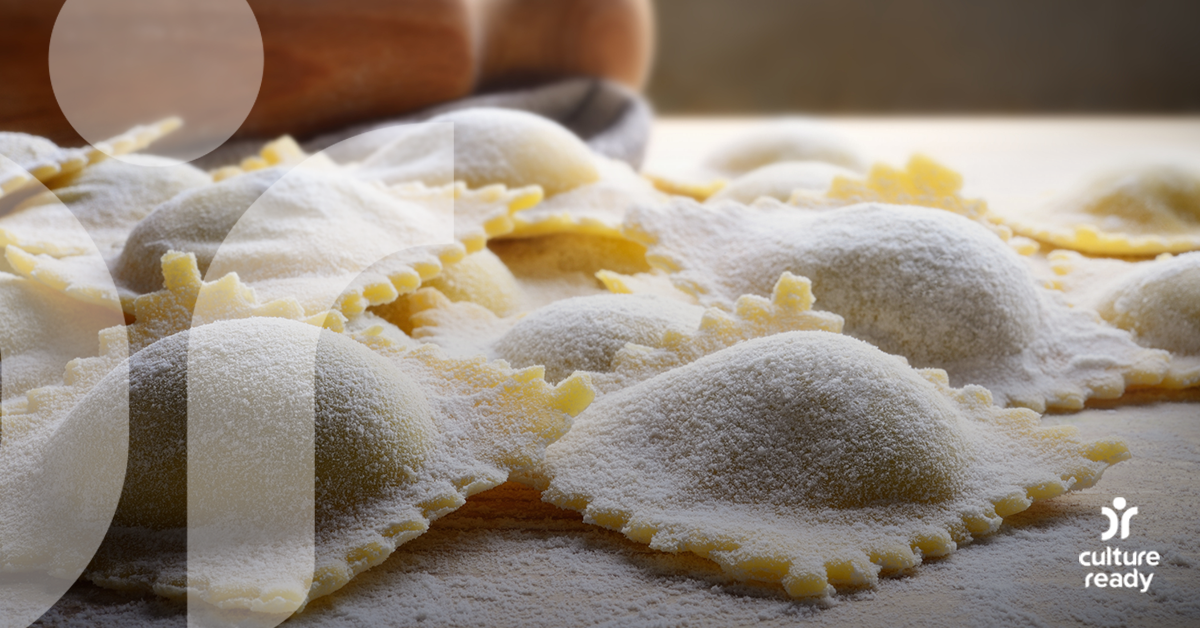The History of Italian Ravioli
This type of pasta is said to have originated in the 14th century, and according to one theory, it was invented by Genovese sailors who wrapped their leftovers in a dough pocket.
Ravioli come in several different shapes, including circular and semi-circular, but the traditional shape for this food — which is popular at Christmas and is tied to religious observances — is square.
A vegetarian version is commonly served in Italy on Fridays, as well as during the 40-day period of Lent. And records from the 16th century also show that the papal conclave in Rome was served ravioli along with boiled chicken.
Fillings differ depending on the region of Italy you’re in. In Rome, the filling is made with ricotta, spinach, nutmeg, and black pepper, while on the island of Sardinia, ravioli is stuffed with ricotta and lemon rind. Before tomatoes were introduced to Italy, ravioli was traditionally served in broth rather than tomato sauce.
During World War I, canned ravioli emerged as a popular food served to soldiers in the Italian Army. In the 1930s, Chef Boyardee popularized this canned variety in the United States.
Other cuisines and cultures have dishes similar to ravioli. These include Chinese dumplings and kreplach, a Jewish food that consists of an egg pasta pocket typically filled with meat and simmered in chicken soup.
In India, people eat a sweet version — gujiya — filled with sugar, spices, and dried fruits and then fried. The Turkish variety is called manti, which is stuffed with spiced meat and served with paprika sauce and yogurt.
